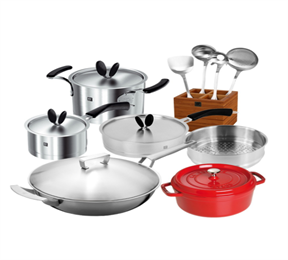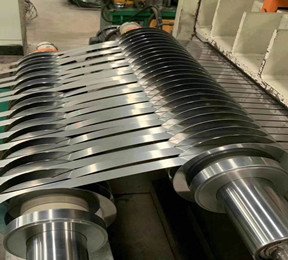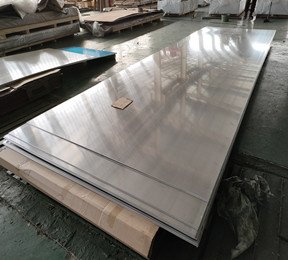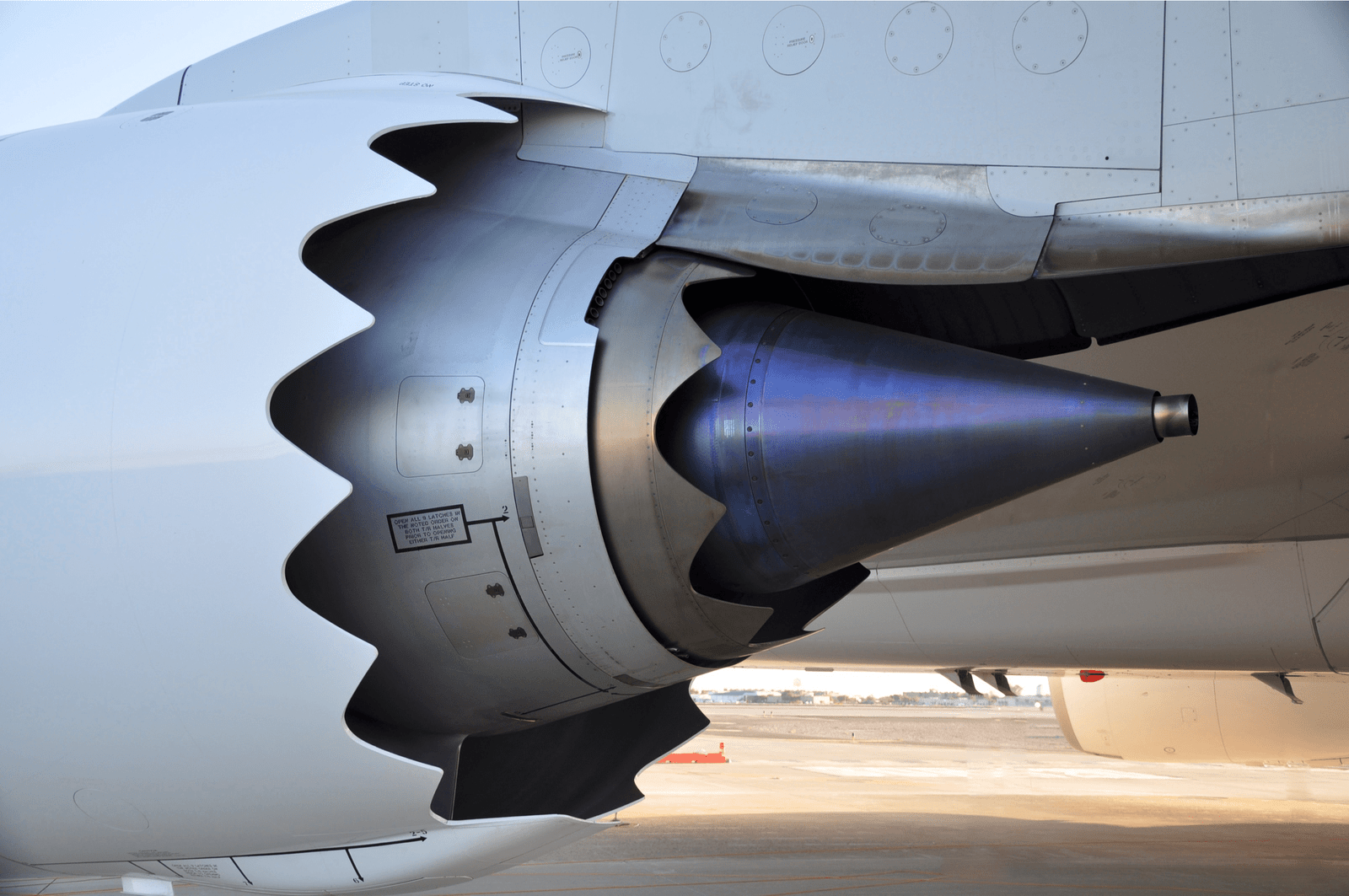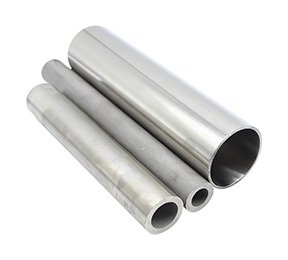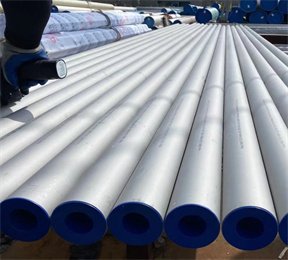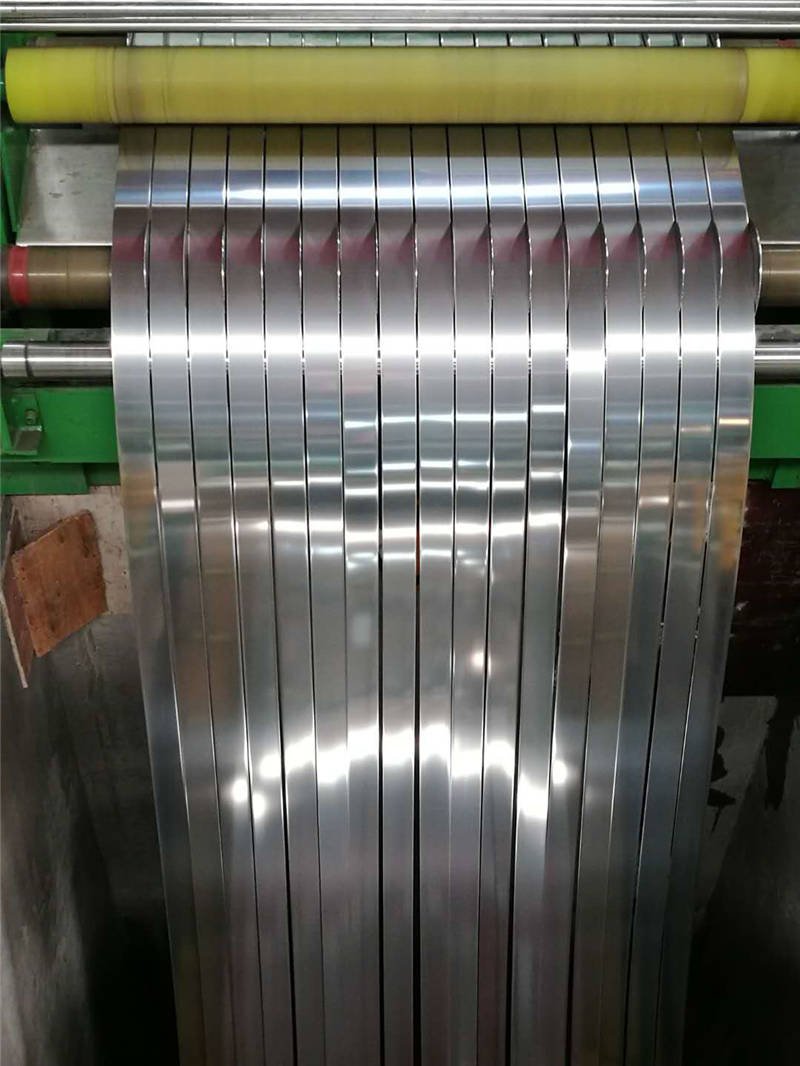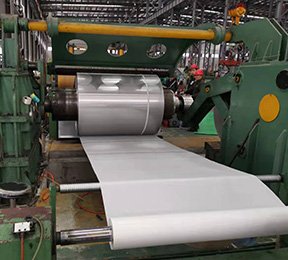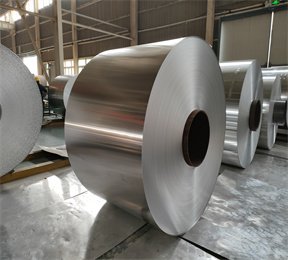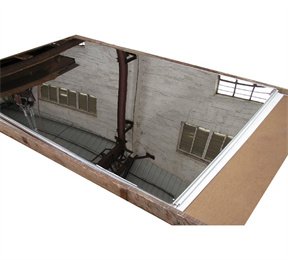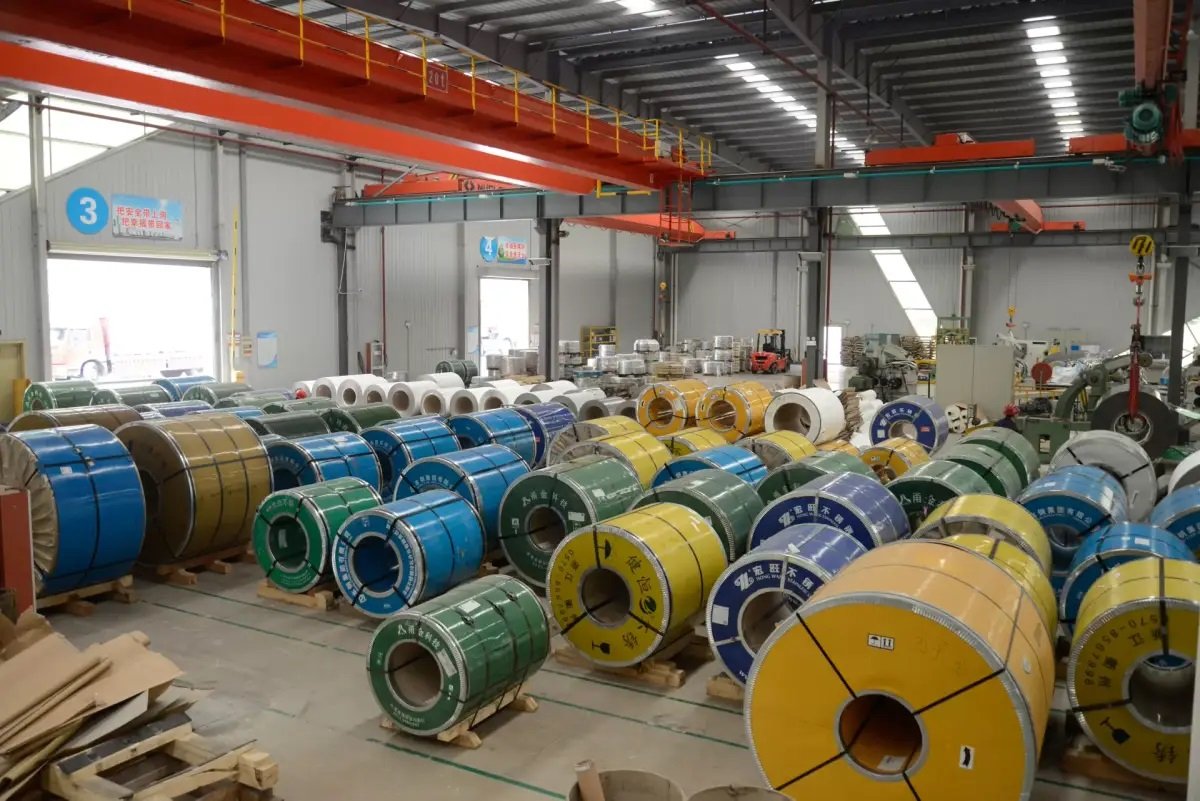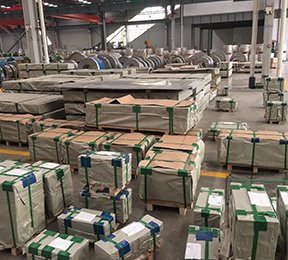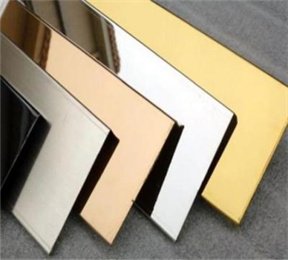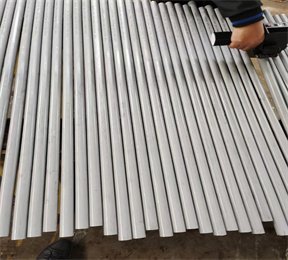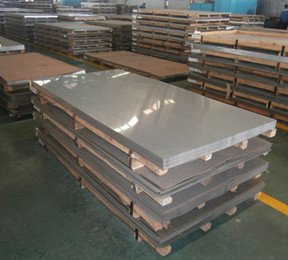
304 stainless steel surface quality inspection methods and precautions
The surface quality of 304 stainless steel plate is mainly determined by the pickling process after heat treatment. If the surface oxide scale formed by the previous heat treatment process is thick or the structure is uneven, pickling cannot improve the surface finish and uniformity. Therefore, full attention should be paid to the heating of heat treatment or the surface cleaning before heat treatment.
If the thickness of the oxide scale on the surface of the stainless steel plate is not uniform, the surface finish of the base metal under the thick part and the thin part will also be different. Therefore, the surface of the steel plate is not uniform. Therefore, it is necessary to uniformly form oxide scales during heat treatment. To meet this requirement, the following issues must be noted:
If the stainless steel plate has oil attached to the surface of the workpiece during heating, the thickness and composition of the oxide scale at the oil-attached part will be different from the thickness and composition of the oxide scale in other parts, and carburization will occur. The carburized part of the base metal under the oxide scale will be severely attacked by the acid. The oil droplets ejected by the heavy oil burner when it first burns will have a great impact if it adheres to the workpiece. It also affects when the operator’s fingerprint is attached to the workpiece. Therefore, the bath maker should not directly touch the stainless steel parts with his hands, and do not make the workpieces stained with new oil. Clean gloves must be worn.
If there is lubricating oil attached to the surface of the 304 stainless steel plate during cold working, it must be fully degreased in trichloroethylene degreaser and caustic soda solution, then washed with warm water, and then heat treated.
If there are sundries on the surface of the stainless steel plate, especially when organic matter or ash is attached to the workpiece, heating will of course affect the oxide scale.
Differences in the atmosphere in the stainless steel plate furnace The atmosphere in the furnace is different in each part, and the formation of oxide scale will also change, which is also the reason for the unevenness after pickling. Therefore, when heating, the atmosphere of each part of the furnace must be the same. For this reason, the circulation of the atmosphere must also be considered.
In addition, if the bricks, asbestos, etc., which constitute the bench used for heating the workpiece, contain moisture, the moisture will evaporate during heating, and the atmosphere of the part directly contacting the water vapor will be different from that of the other parts, and the formation of oxide scale will of course also Just different. Therefore, objects in direct contact with the heated workpiece must be fully dried before they can be used. However, if it is placed at room temperature after drying, the moisture will still condense on the surface of the workpiece under the condition of high humidity. Therefore, it is best to dry before use. If there is residual oxide scale on the part of the 304 stainless steel plate before the heat treatment, and after heating, there will be a difference in the thickness and composition of the oxide scale, which will cause the surface to be uneven after pickling. Uniform, so pay attention not only to the final heat treatment, but also to the intermediate heat treatment and pickling.
There is a difference in the oxide scale produced on the stainless steel surface that the gas or oil flame directly contacts and the place where it is not in contact. Therefore, it is necessary to prevent the treatment member from directly contacting the flame port during heating.
